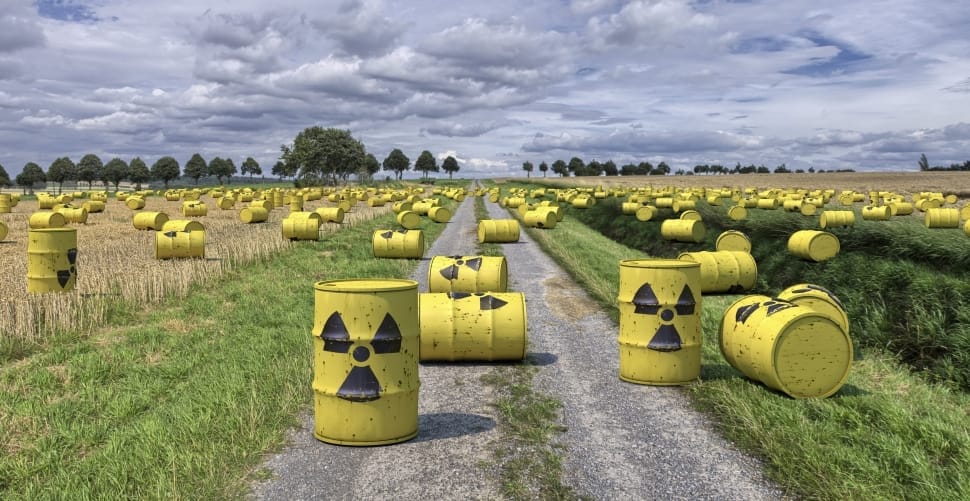What Does the US Do with its Nuclear Waste and Exploring the Secrets of the WIPP

The United States has a long history of nuclear research and development. The nuclear bomb was first produced by the well-known Manhattan project, a joint effort led by the United States with support from the United Kingdom and Canada. The development of nuclear weapons has continued and accelerated since then. The United States undertakes a massive amount of research into nuclear weapons. This research often involves contact with plutonium and other radioactive elements. This produces a significant amount of dangerous radioactive waste.
The very first nuclear weapons developed used uranium, the same material used in modern nuclear power plants. This was rapidly replaced with plutonium, a heavier element that allowed for greater power. The waste from nuclear weapon research and production includes both plutonium and items that have become irradiated through contact with plutonium. This waste is different from the waste generated by nuclear power generation. The presence of plutonium, rather than uranium, makes the waste unsuitable for disposal at nuclear power waste sites.
In the United States, there is only one site that can handle nuclear waste that has been contaminated by radioactive elements that are heavier than uranium, also called transuranic waste. This facility is the Waste Isolation Pilot Plant, or WIPP. It is located in the southern New Mexico desert, near Carlsbad. The facility began operations in 1999. It was originally developed as a facility to research the disposal of these transuranic wastes and still retains “pilot plant” in its name. It has expanded well beyond the pilot phase and is a fully operational disposal facility.
The WIPP is carved into a salt formation around half a mile deep. Waste is stored in separate rooms that have been carved directly into the layer of salt. The waste arrives in drums or other specialized containers and is placed into a room, sometimes into a specific crevice drilled into the walls. Once a room is full, it is sealed off to prevent radiation leaks. The salt is practically impermeable, making it an ideal material to house these dangerous nuclear wastes. It also prevents groundwater contamination, a major concern in radioactive waste disposal.
The facility is generally considered safe, although here are some who question that. In 2014 there was a major incident at the repository. A radiation release forced the closure of the WIPP for 3 years, just recently having been reopened. The WIPP itself wasn’t necessarily at fault here. The radiation release has been blamed on improper packaging at the site of origin. The waste was received from the Los Alamos National Laboratory. While this incident doesn’t specifically cast doubt on the WIPP, it does raise flags about the handling procedures of waste in general.
The 2014 leak continues to affect operations today. Some of the disposal areas have been contaminated and still require the use of radiation suits and respirators. The facility also has ventilation issues. In order to construct new shafts and update the ventilation system a project costing over $500 million would have to be undertaken. The management of the facility stresses that these updates are absolutely essential. In many ways these updates are long overdue. The oldest sections of the facility were constructed over 35 years ago in 1983.


